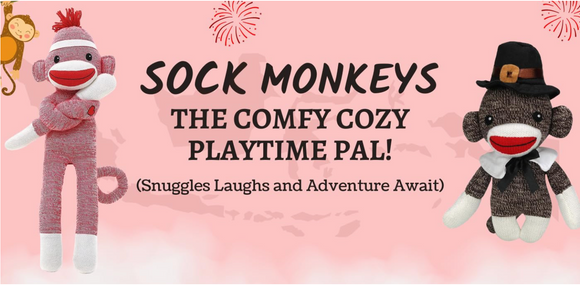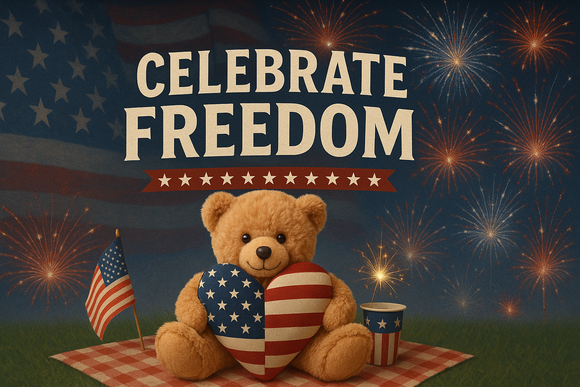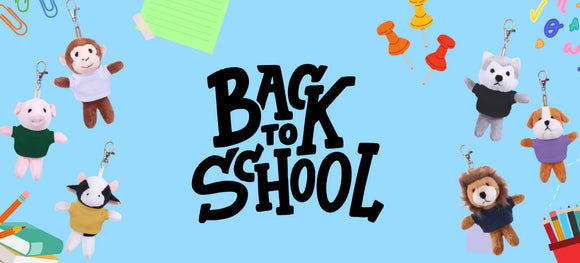
Why Buy Brand Stuffed Animals (Plush Toys)
Ashok Kohli
Buying a quality stuffed animal can be tricky. You can spend less than five dollars and get a good-sized teddy bear from discounted store, or you can purchase same sized similar designed item from other channel for above thirty dollars. ?
Toy market is huge yet unregulated. There are strict safety rules and manufacturing process that are pretty easy to be manipulated. It is not hard to set up a new company and toy brand to import toys from untrusted channels for a few years, disregard all of the safety warning and leave market and set up new ones once get caught, confusing the market and consumers. While we hope there are more strict rules of toy import and safety standard in selling toys in U.S, here are some guidance for you while choosing your stuffed animals:

Branded plush toys focus on following details that is expensive to maintain and they are often overlooked:
First thing to look for is the sewing label attached to a stuffed animal. It has to have a brand name and manufacturing city, as well as date of manufacture, batch number. It also needs to have information of material (often stated as all new material), stuffing information, some have safety standard, but this is not required by law. Such information is for an easy track of manufacturing and shipment. For labels contain simple information that gives no clue of manufacturing and material of this unit, be careful.
On sewing label, it states age recommendation for that toy. Most stuffed animals are not recommended for young babies to play with if it has plastic parts such as plastic eyes or nose. If the unit does not have any hard part, comes with embroidered eyes and nose, stuffing is also soft, it is safe for all ages. If you are looking for toys for young baby, do not buy the ones not recommended for age three and under.
 Material. It is difficult to tell if the material is good quality or not when you have no testing tool. Try to feel the material and stretch it with two hands. Usually, the good material is thicker material. This is because most of the raw plush material are knitted. If the knitting machine is solid and good quality, the backing of the material is very thick thus the item can last for a long time. If you can see backing when you try to rip the material, be careful. This toy may last for a very short period of time and can break. We all know the nature of a stuffed animal is for us to hug, love and comfort. If it cannot last our love for long enough, it is not a very good experience.
Material. It is difficult to tell if the material is good quality or not when you have no testing tool. Try to feel the material and stretch it with two hands. Usually, the good material is thicker material. This is because most of the raw plush material are knitted. If the knitting machine is solid and good quality, the backing of the material is very thick thus the item can last for a long time. If you can see backing when you try to rip the material, be careful. This toy may last for a very short period of time and can break. We all know the nature of a stuffed animal is for us to hug, love and comfort. If it cannot last our love for long enough, it is not a very good experience.



